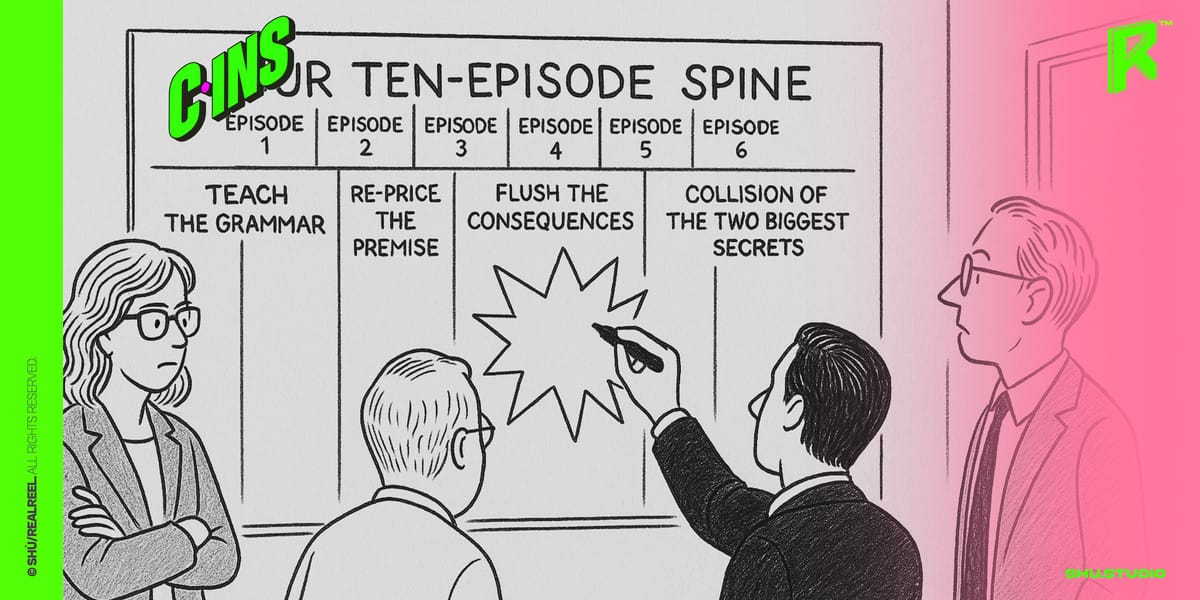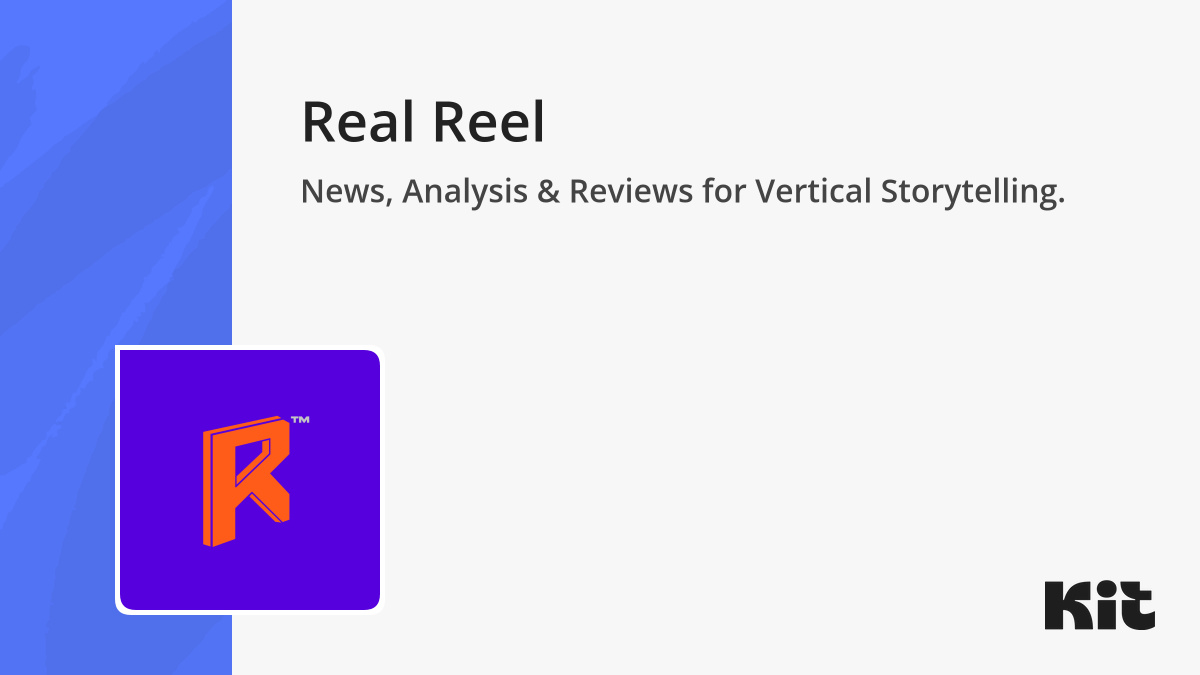Creative Insights: The Beat Engine · Part 2

Part 1 wired the single-episode circuit. Part 2 scales that logic to twists you can trace and season architecture that turns curiosity into habit. Same rule set: prove more, sooner — and make sure the proof re-prices the story.
An “earned” twist is traceable and expensive
Great twists do three things:
- Breadcrumbs on camera. On replay, we can point to two or three small tells (wristband color, login tone, access sticker, left-hand glove) that made the reveal inevitable.
- Misdirected perspective. We weren’t wrong about facts; we were looking from the wrong seat.
- New price to pay. After the twist, pursuing the goal costs more — socially, legally, physically, emotionally.
If the world costs the same as before, you didn’t twist; you decorated.
Field test
- Circle two frames earlier in the episode that quietly support the reveal. Add them if they don’t exist.
- Write one sentence: “Because of this reveal, the protagonist must now risk X they would never have risked before.” If you can’t fill X, raise the price.
Don’t mistake noise for movement
Three reminders you’ll need in the room:
- Louder is not higher stakes. Options changing = stakes rising.
- Taglines aren’t behavior. Define characters by visible signals (who gets the last chair; whose touch stops someone mid-sentence).
- Factoids aren’t reversals. A “fun fact” reveal that doesn’t shift power is dead air.
Your audience doesn’t need permission to feel. They need evidence to believe.
Teach your show, then re-price it: a 10-episode spine
Different platforms cut differently, but a 10-episode rhythm is a good metronome. Think of E5 and E10 as tentpoles with gravity.
E1–E4 · Teach the grammar
Demonstrate what counts as evidence, how power moves, and what “winning” looks like in this arena. Show the audience how to watch your show.
E5 · Re-price the premise (Gate 1)
The reveal here isn’t “a hidden cousin.” It’s a new price sheet for the whole show. We misunderstood the terms. Examples of re-pricing:
- The hero’s win condition was actually the villain’s KPI.
- The “ally” isn’t a traitor — they’re a referee with jurisdiction we didn’t know existed.
- The scandal isn’t a secret — it’s a currency those characters trade.
E6–E9 · Flush the consequences
If E5 gave you a new map, this is where you climb it. Escalate costs. Force the protagonist to spend something only they can spend (reputation, a relationship, immunity, a unique skill).
E10 · Collision of the two biggest secrets (Gate 2)
End the season where only your protagonist can pay the last mile of cost. It should feel both inevitable (breadcrumbs) and insane (scale of price).
Two rules for tentpoles
- Spend early. Don’t hoard twists for late episodes. The audience won’t be there. Put a premium beat in E2/E3; the compounding effect is real.
- Make it screen-grabbable. If your tentpole can’t be captured in one vertical frame that communicates the change, it’s mush. Design the image first.
Building E5 and E10 without guesswork
E5 builder
- List the assumed “rules” your E1–E4 taught.
- Pick one and flip it with proof (contract clause, audit log, timestamped photo).
- Show how that flip forces the protagonist to pay a new price.
- End on a clean cliff tied to that new cost.
E10 builder
- Identify the season’s two biggest secrets (not trivia; secrets that control access or forgiveness).
- Stage a set piece where both secrets can exist in the same frame (wedding mic, court screen share, hospital code blue).
- Force a choice that burns one secret to use the other.
- Button on the future debt created, not the applause.
Real Reel™ Newsletter:







